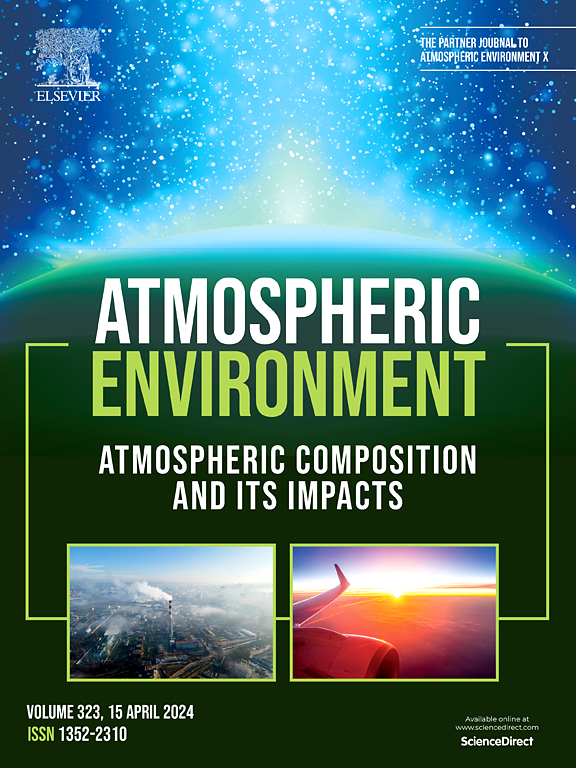Analysis of time- and size-resolved fluorescent biological aerosol particles in a subway station
IF 4.2
2区 环境科学与生态学
Q2 ENVIRONMENTAL SCIENCES
引用次数: 0
Abstract
Subway stations are dynamic underground environments where air quality changes rapidly, primarily due to passenger occupancy patterns and the frequent arrival and departure of trains. However, traditional microbial monitoring methods are constrained by their temporal resolutions. To address this, we employed a real-time light-induced fluorescence-based bioaerosol monitoring instrument to detect the dynamics of particulate matters (PM) and classify them into fluorescent biological aerosol particles (FBAPs) or non-FBAPs based on the intrinsic fluorescent feature of bioaerosols. We deployed this sensor on the platform, in the station hall, and outdoors at a typical subway station for 18 days in Tianjin, China. The results showed that FBAP and non-FBAP concentrations on the platform were roughly 2 and 3 times higher, respectively, than those in the station hall, and approximately 3 and 4 times higher than outdoor levels. Notably, the bacteria-like particle levels on the platform were 20 times higher than those outdoor values during most periods. The concentrations of PM, dominated by non-FBAP, peaked during the morning rush hours both on the platform and in the station hall, while the bacteria-like particles reached their lowest levels in the morning, presumably caused by the elevated metal particle levels when trains started operating that inhibit bacterial survival. Train operations strongly influenced non-FBAP concentrations on the platform, as evidenced by the 7-min periodic cycle in the particle autocorrelations corresponding to train schedules. By contrast, the particle levels in the station hall did not show train-related patterns in autocorrelations but showed stronger correlations with the environmental parameters. The revealed dynamic patterns of non-biological and biological airborne particles in the subway station provide insights for mitigating particle exposure in the future.
求助全文
约1分钟内获得全文
求助全文
来源期刊

Atmospheric Environment
环境科学-环境科学
CiteScore
9.40
自引率
8.00%
发文量
458
审稿时长
53 days
期刊介绍:
Atmospheric Environment has an open access mirror journal Atmospheric Environment: X, sharing the same aims and scope, editorial team, submission system and rigorous peer review.
Atmospheric Environment is the international journal for scientists in different disciplines related to atmospheric composition and its impacts. The journal publishes scientific articles with atmospheric relevance of emissions and depositions of gaseous and particulate compounds, chemical processes and physical effects in the atmosphere, as well as impacts of the changing atmospheric composition on human health, air quality, climate change, and ecosystems.
 求助内容:
求助内容: 应助结果提醒方式:
应助结果提醒方式:


